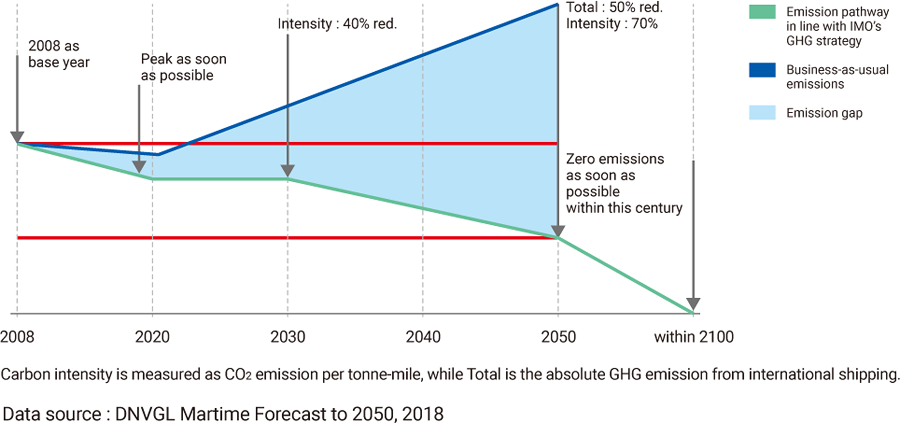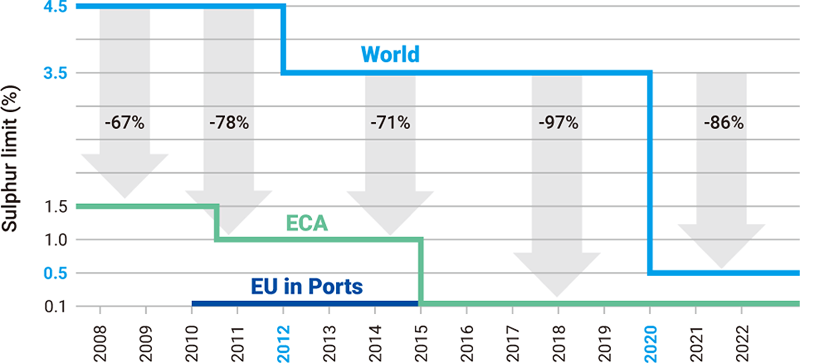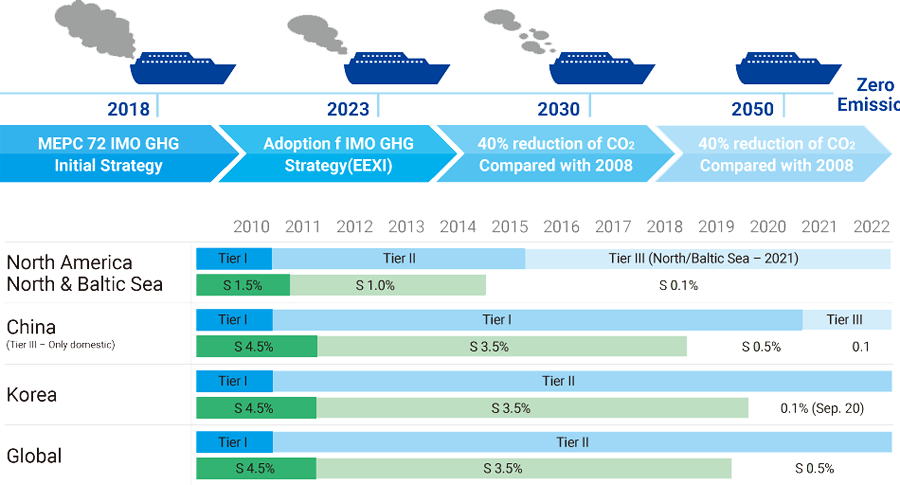HMS DISCOVER Archive
-
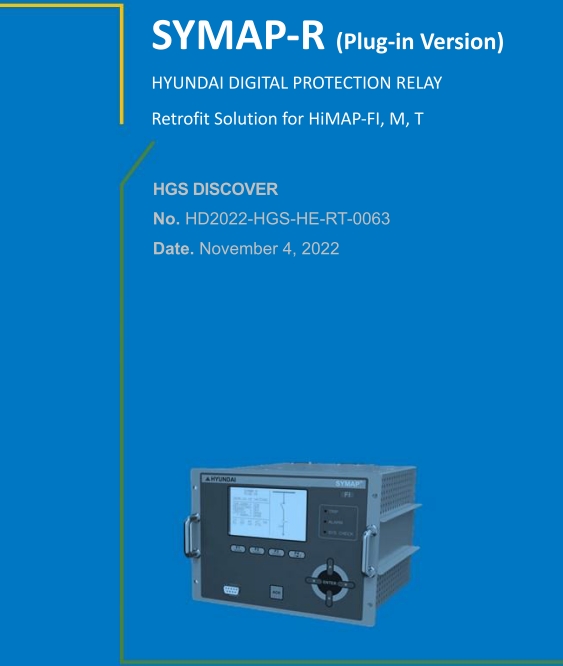 HD2022-HGS-HE-RT-0063 SYMAP-R (Retrofit Solution for HiMAP-FI, M, T
HD2022-HGS-HE-RT-0063 SYMAP-R (Retrofit Solution for HiMAP-FI, M, THE, HiMAP, SYMAP, HiMAP-FI, HiMAP-M, HiMAP-T, SYMAP-R
PDF View 2022.11.04 -
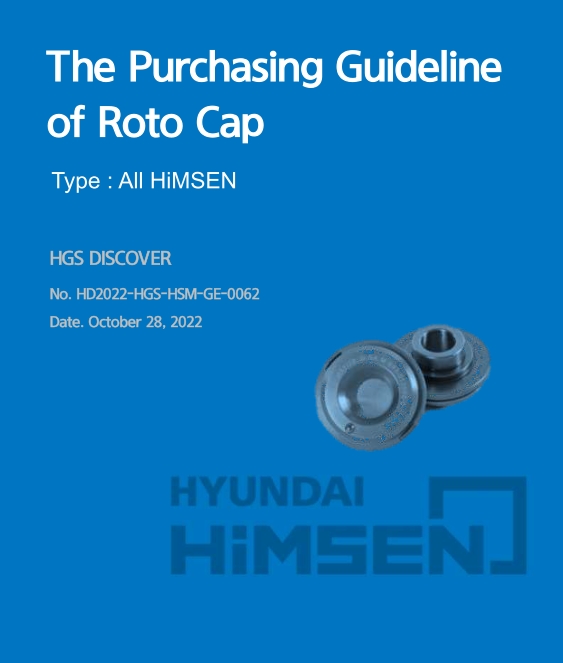 HD2022-HGS-HSM-GE-0062 The Purchasing Guideline of Roto Cap
HD2022-HGS-HSM-GE-0062 The Purchasing Guideline of Roto CapAll HiMSEN, G/E, HiMSEN
PDF View 2022.10.28 -
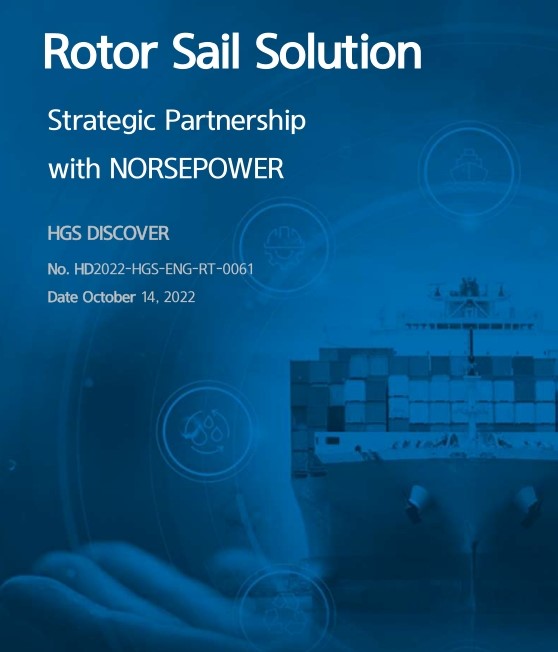
-
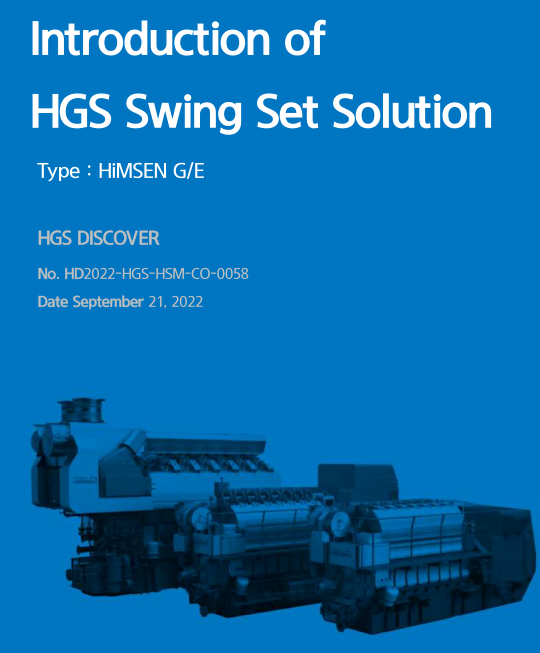 HD2022-HGS-HSM-CO-0058 Introduction of HGS Swing Set Solution (HiMSEN)
HD2022-HGS-HSM-CO-0058 Introduction of HGS Swing Set Solution (HiMSEN)All HiMSEN, G/E, HiMSEN
PDF View 2022.09.21 -
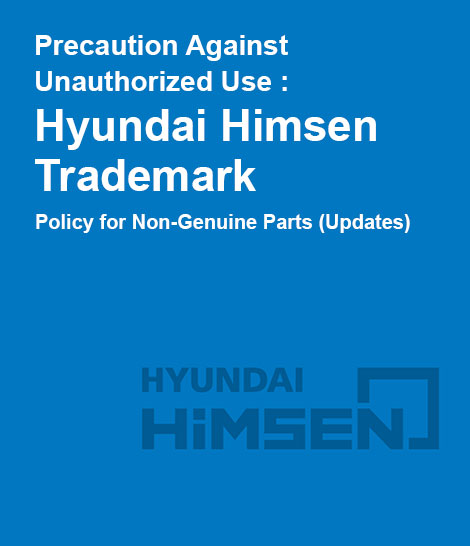 HD2022-HGS-HSM-GE-0056 Precaution against unauthorized use: HYUNDAI HiMSEN Trademark
HD2022-HGS-HSM-GE-0056 Precaution against unauthorized use: HYUNDAI HiMSEN TrademarkPolicy for Non-Genuine Parts (Updates)
PDF View 2022.07.15 -
 HD2022-HGS-ME-SE-0055 Recondition Service of FBIV/PBIV/LGIV/MBIV
HD2022-HGS-ME-SE-0055 Recondition Service of FBIV/PBIV/LGIV/MBIVME-C, ME-GI, ME-LGIP, ME-LGIM, ME-GA, M/E
PDF View 2022.06.15 -

-
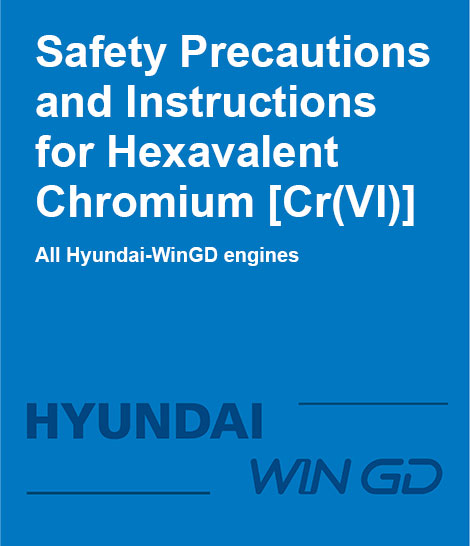 HD2022-HGS-WGD-GE-0051 Safety Precautions and Instructions for Hexavalent Chromium [Cr(VI)]
HD2022-HGS-WGD-GE-0051 Safety Precautions and Instructions for Hexavalent Chromium [Cr(VI)]All Hyundai-WinGD Engines, M/E
PDF View 2022.05.13 -
 HD2022-HGS-HSM-ALL-0045(R1) Warning of Poor Quality Bunker Oil Use (Updated)
HD2022-HGS-HSM-ALL-0045(R1) Warning of Poor Quality Bunker Oil Use (Updated)All Owners and Operators of HHI Built 2&4 Stroke Engine
PDF View 2022.04.29 -
 HD2022-HGS-WGD-GE-0049 Shaft Locking and Windmilling on Twin Engine Installations (Hyundai-WinDG)
HD2022-HGS-WGD-GE-0049 Shaft Locking and Windmilling on Twin Engine Installations (Hyundai-WinDG)All Hyundai-WinGD Twin Engine Installations RT-flex50D, RT-flex50E, RT-flex50DF, X35, X35-B, X40, X40-B, X52, X52-B, X52DF, X62, X62-B, X62DF, X72, X72-B, X72DF
PDF View 2022.04.22 -
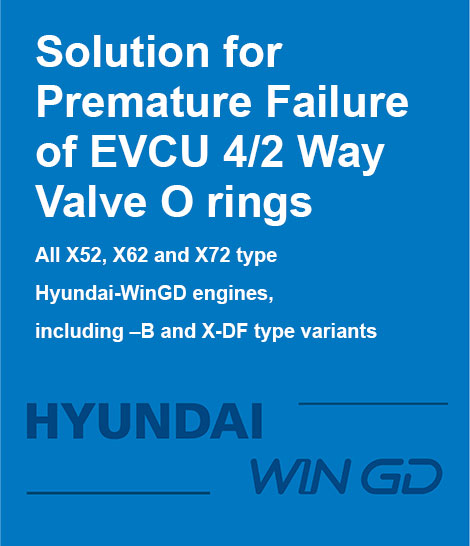 HD2022-HGS-WGD-GE-0048 Solution for Premature Failure of EVCU 4/2-Way Valve O-rings
HD2022-HGS-WGD-GE-0048 Solution for Premature Failure of EVCU 4/2-Way Valve O-ringsAll X52, X62 and X72 type Hyundai-WinGD engines, including –B and X-DF type variants
PDF View 2022.04.15 -
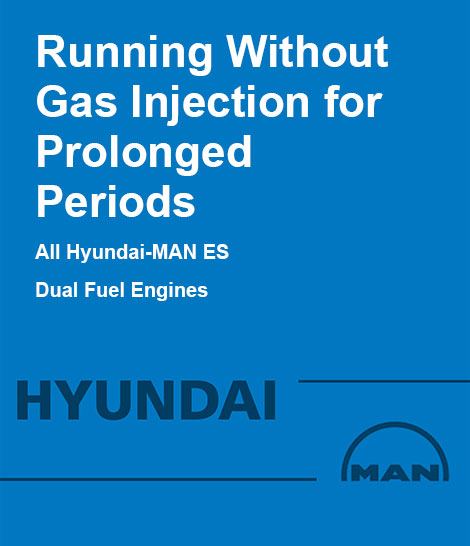 HD2022-HGS-MAN-GE-0047 Running without Gas Injection for Prolonged Periods
HD2022-HGS-MAN-GE-0047 Running without Gas Injection for Prolonged PeriodsAll Hyundai-MAN ES Duel-Fuel Engines
PDF View 2022.04.09









